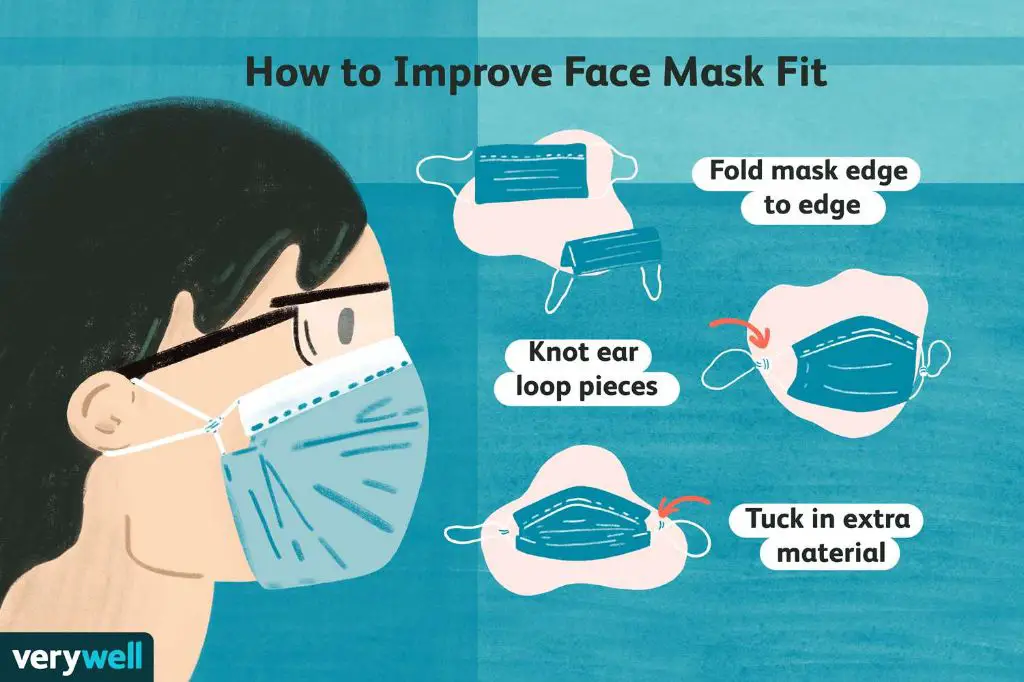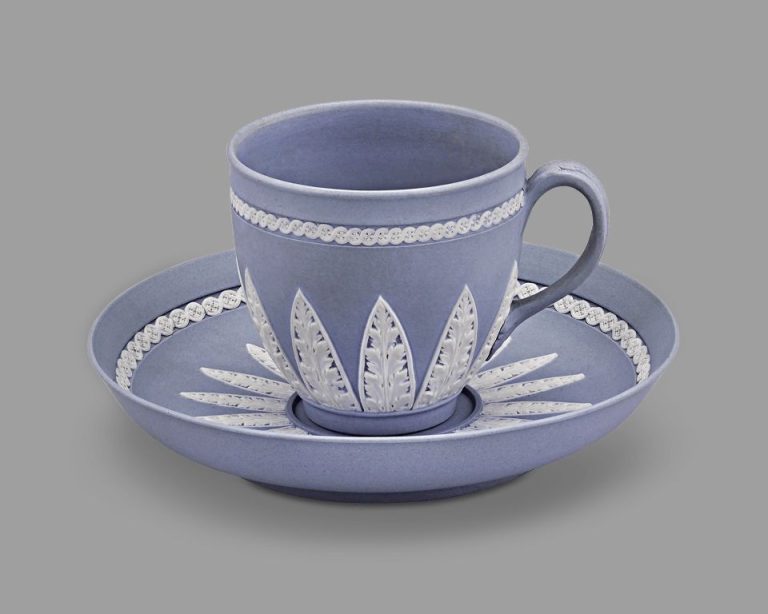What Are The Strongest Masks Against Covid?
COVID-19, caused by the SARS-CoV-2 virus, has led to a global pandemic with millions of cases and deaths around the world. Wearing proper masks is one of the most effective ways to reduce the spread of COVID-19. Masks act as a barrier to catch respiratory droplets exhaled by an infected person before they can infect others. With new COVID variants continuing to emerge, it’s critical that masks are worn correctly by everyone to reduce transmission.
This article provides an overview of the most protective masks available, including N95s, surgical masks, cloth masks and double masking. It examines mask fit, materials, and proper usage so readers can make informed choices about the best masks to wear in different situations during the COVID pandemic. The goal is to educate about mask effectiveness and help prevent COVID spread.
N95/KN95/KF94 Masks
N95, KN95, and KF94 masks are respirator masks that are designed to achieve a very close facial fit and filter out at least 95% of airborne particles (1). The edges of the respirator mask are designed to form a seal around the nose and mouth. N95 masks approved by the National Institute for Occupational Safety and Health (NIOSH) can filter up to 95% of particles in the air when worn properly (2). KN95 masks are regulated by the Chinese government, while KF94 masks are regulated by the Korean government; both are similar in design and filtration effectiveness to N95 masks (3).
Studies have found N95 and equivalent masks to be highly effective at filtering small particles like the SARS-CoV-2 virus that causes COVID-19. One meta-analysis showed N95 respirators reduced the risk of COVID-19 infection by 83% compared to surgical masks (4). However, proper fit is essential for N95 masks to work; one study found leakage from ill-fitting masks reduced effectiveness to 60% (5). N95 masks can be uncomfortable to wear for long periods. They also make it more difficult to breathe during physical exertion compared to surgical masks or cloth masks (6).
The pros of N95/KN95/KF94 masks are their high filtration ability when fitted properly. The cons are they may be uncomfortable for long-term wear and make breathing more difficult during physical activity.
Surgical Masks
Surgical masks are disposable masks that are loose-fitting and fluid resistant. They are primarily designed to help prevent the transfer of bodily fluids from the user’s mouth and nose to others [1]. Surgical masks are made from various melt-blown, non-woven fabrics, and have different filtration layers to filter particles in the air [2].
Studies show that surgical masks are effective at filtering particles in the 80-100 nanometer range, which includes the size of SARS-CoV-2 droplets and aerosols. Their filtration effectiveness ranges from 40-90% depending on the materials used [3].
The pros of surgical masks are that they are disposable, fluid resistant, and widely available. The cons are that they fit rather loosely compared to respirators, so they may not fully prevent inhalation of small airborne particles. Some surgical masks also tend to collapse or decompress during breathing, reducing filtration over time.
Cloth Masks
Cloth masks refer to reusable face coverings made from a variety of woven fabrics, most commonly cotton. Compared to medical masks, cloth masks have more variable filtration effectiveness based on the material used, layers, and fit (Chughtai et al., 20201).
Studies have found the filtration efficiency of cloth masks to range from 5-80%, depending on materials and design (Neupane et al., 20232). Tightly woven cotton with multiple layers generally provides better filtration. However, gaps from poor fit can decrease effectiveness.
Pros of cloth masks include that they are reusable, more breathable, and widely accessible. Cons are that they have lower and more variable filtration compared to medical masks. They also need to be properly laundered between uses to prevent contaminant buildup (Liu, 2021/20223).
Double Masking
Double masking involves wearing a cloth mask over a surgical mask to provide improved fit and filtration. The concept is that the surgical mask acts as a filter and the cloth mask provides an additional tight fit to minimize leakage around the edges of the mask (What doctors wish patients knew about double masking).
Studies have shown that double masking with a surgical mask underneath a cloth mask can block over 90% of infectious particles, compared to 80-85% filtration for a cloth mask alone or surgical mask alone. The improved filtration is due to the electrostatic filtering capabilities of surgical masks combined with the tight fit of cloth masks (Double Face Mask Use for COVID-19 Infection Prevention).
The CDC recommends double masking for optimal protection in public settings if an N95 or KN95 mask is unavailable. They suggest combining a cloth mask worn over a disposable surgical mask. Make sure the mask fits snugly and completely covers the nose and mouth without gaps. Do not combine two disposable masks, which can impair breathing (What doctors wish patients knew about double masking).
Mask Fit
Proper mask fit is critical for reducing the spread of COVID-19. When masks don’t fit correctly, air containing respiratory droplets can leak in and out around the edges of the mask. This allows virus particles to more easily spread to others. According to the CDC, “A cloth mask has to fit snug on your face to be effective. Masks that fit properly are more likely to filter more particles.”
There are several ways to improve the fit of your mask:

- Make sure you’re wearing the right size mask for your face. It should fit snugly over your nose, mouth and chin with no large gaps.
- Adjust the ear loops or ties so the mask fits more snug. Add a knot or tighten as needed.
- Use a mask fitter or brace over the mask to prevent leaks around the edges.
- For disposable masks, tie the ear loops into a knot close to the mask edges to reduce gaps.
- Fold and tuck in any excess material around the mask edges for a tighter seal.
- Consider double masking by wearing a cloth mask tightly over a disposable mask.
- Men may need to shave facial hair like beards that gets in the way of the mask seal. As one study showed, beards can reduce the effectiveness of masks by 60%.
With a few adjustments, you can improve the fit of your mask and reduce leakage around the edges. A properly fitted mask is critical for maximum protection against COVID-19.
Mask Materials
The effectiveness of cloth masks depends greatly on the materials used. Studies have tested various common fabrics for their filtration capabilities. One study published in the National Library of Medicine found that cotton, natural silk, and chiffon provide good filtration, blocking over 70% of particles in aerosols. The study recommended high thread count cotton combined with natural silk or chiffon for optimal homemade masks. https://www.ncbi.nlm.nih.gov/pmc/articles/PMC7510705/
Researchers recommend using tightly woven fabrics like cotton with a high thread count. Fabrics like silk and flannel also perform well. However, loosely woven fabrics like many scarves and bandanas provide minimal filtration. The CDC recommends using masks with two or more breathable fabric layers to impede airflow and filter more particles.
Additionally, the mask shape and fit impacts effectiveness. Pleated masks in cone or duckbill shapes may provide better filtration than flat masks. Elastic bands or ties that mold the mask tightly to the face create a better seal than masks tied loosely behind the head. Proper fit and fabric limit airflow through gaps for better protection.
When to Use Different Masks
The CDC recommends wearing the most protective mask you can that fits well and that you will wear consistently. Consider the risk levels in different settings when deciding which mask to wear.
In areas with high COVID-19 community levels, the CDC recommends wearing an N95, KN95, or KF94. These masks offer maximum filtration of airborne particles. However, they must be fitted properly to ensure an airtight seal (CDC, 2020).
For routine activities with low crowd levels or where you can maintain distance from others, a surgical mask or double-masking provides adequate protection. Reserve N95s for higher-risk situations (AMA, 2022).
A cloth mask can be an option in areas with low community transmission, especially when paired with other precautions. But they offer less filtration compared to surgical masks or respirators.
The goal is to wear the most protective, well-fitting mask possible for your specific situation and risk of exposure. Follow local health guidance and pick the right mask for the setting.
Proper Use and Care
To get the most protection from a mask, it’s important to wear it correctly. According to the CDC, common mistakes to avoid include:
- Wearing the mask too loose. Masks should fit snugly against the sides of the face and cover the nose, mouth, and chin without gaps.
- Touching the mask while wearing it. Avoid adjusting the mask and only handle it by the ear loops or ties.
- Not washing cloth masks after each use. Cloth masks should be washed regularly in the washing machine or by hand with soap and hot water.
- Wearing the mask below the nose. The mask must cover both the nose and mouth to block respiratory droplets.
Additionally, the CDC recommends:
- Washing hands before and after handling a mask.
- Inspecting masks before each use and throwing away any that are damaged or very dirty.
- Storing masks in a clean container like a paper bag when not in use.
- Avoiding touching the front of the mask when removing it.
Following these best practices for wearing, handling, and caring for masks helps ensure you get the most protection possible (Source: CDC). Proper mask use should be part of a comprehensive approach including social distancing and hand washing.
Conclusion
In summary, the most effective masks against COVID-19 are N95, KN95, KF94, and surgical masks. These masks filter out at least 94-95% of particles in the air, blocking the spread of the virus. Make sure any of these masks fit snugly on your face with no gaps. Double masking, using a cloth mask over a surgical mask for example, provides an extra layer of filtration and improves the fit.
Well-fitting, high-quality cloth masks can also provide good protection, especially those made with multiple layers of tightly woven cotton fabric. Look for cloth masks with a nose wire to reduce gaps around the nose and get a closer fit. It’s best to avoid loose-fitting cloth masks made with thin, stretchy material.
When you’re indoors around people outside of your household, opt for medical-grade masks like N95s, KN95s or surgical masks. Reserve cloth masks for lower-risk outdoor activities. Make sure to wear any mask correctly, covering your nose and mouth fully. Overall, masking remains a critical strategy for reducing the spread of COVID-19.





